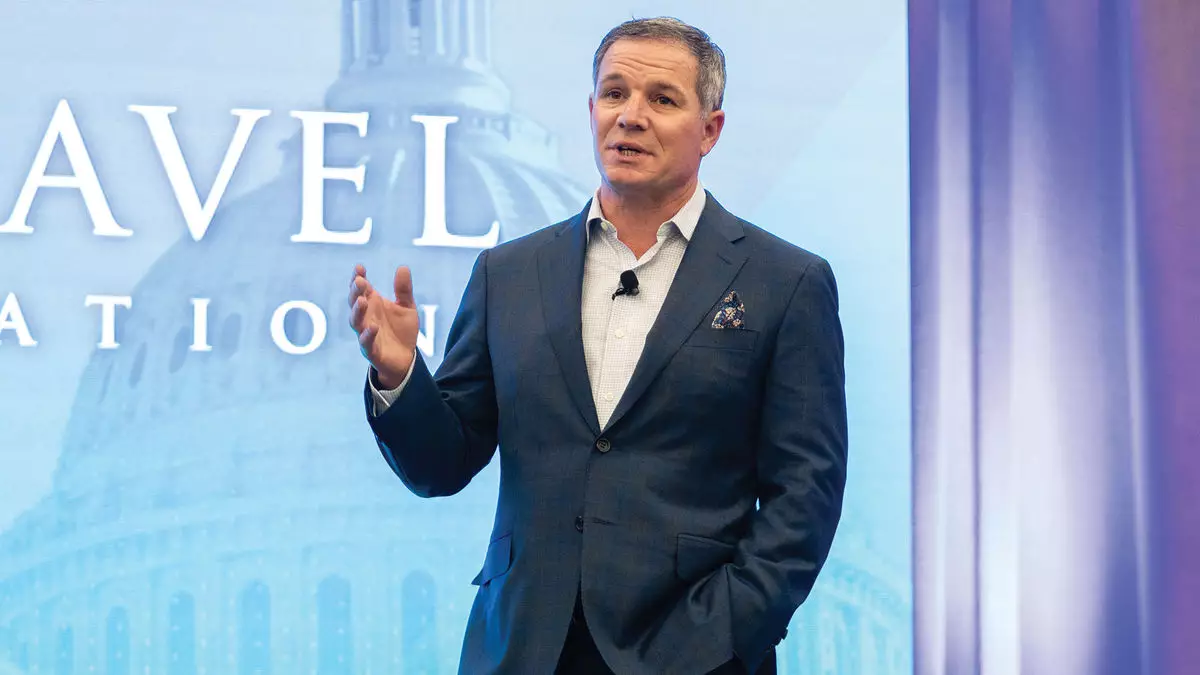The international tourism industry is showing signs of recovery in the United States after a challenging period. With expectations of reaching 98% of 2019 levels this year, up from 84% in 2023, there is hope for a full recovery by the following year. Some states are already seeing promising results, with Visit Florida predicting that international visitation will surpass pre-pandemic levels this year. Overseas arrivals to the Sunshine State have shown positive growth, particularly from countries like Germany and the U.K.
Amidst this progress, it is important to note that not all areas are benefiting equally from the recovery. While destinations like Florida and New York are experiencing early successes, others, especially those dependent on Asian markets, are still struggling to regain momentum.
New York City, a major tourist hub, anticipates that total visitation will reach 97% of 2019 levels this year, with international visitors expected to be at 98% of pre-pandemic levels. Fred Dixon, CEO of NYC Tourism + Conventions, highlights the significance of the international visitor sector to New York’s economy, emphasizing its role in driving spending and hotel occupancy rates. Similarly, Los Angeles, a bustling cosmopolitan city, has faced challenges in recovering international visitors, particularly from Asia-Pacific markets.
The uneven recovery seen in cities like Los Angeles underscores the complexities of revitalizing the international tourism sector. With varying success rates across different markets, it is evident that targeted strategies are needed to address specific challenges and opportunities in each region.
CEO of U.S. Travel, Geoff Freeman, emphasizes the need for a coordinated effort to address the challenges faced by destinations that rely heavily on international tourism. He points out the impacts of visa wait times on visitor arrivals, with some countries experiencing prolonged delays that hinder travel. However, countries like India have successfully reduced visa processing times, leading to an increase in visitor numbers.
The recovery patterns of different international markets vary, with India and Canada achieving full recovery and surpassing pre-pandemic levels in 2023. This contrasts with Japan and China, which are still struggling to bounce back. The disparity in recovery rates highlights the diverse landscape of international tourism and the need for tailored strategies to support destinations in their revival efforts.
Despite the challenges faced by the international tourism sector, there is optimism about the long-term prospects of key markets like China. Stakeholders are actively engaging with travel trade delegations and forging partnerships to cultivate future opportunities. By focusing on countries with recovered air services and visa waiver statuses, destinations like Los Angeles are targeting sustainable growth in the post-pandemic era.
As the international tourism industry navigates the complexities of recovery, collaboration among stakeholders, strategic planning, and adaptability will be key to ensuring a resilient and sustainable future for the sector. By addressing the unique challenges and opportunities presented by different markets, destinations can lay a strong foundation for long-term success and growth.

